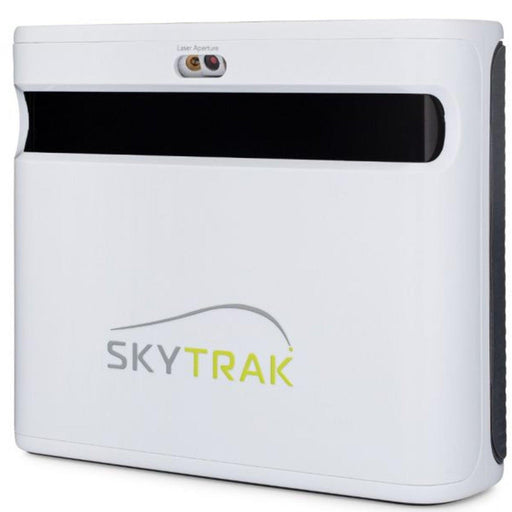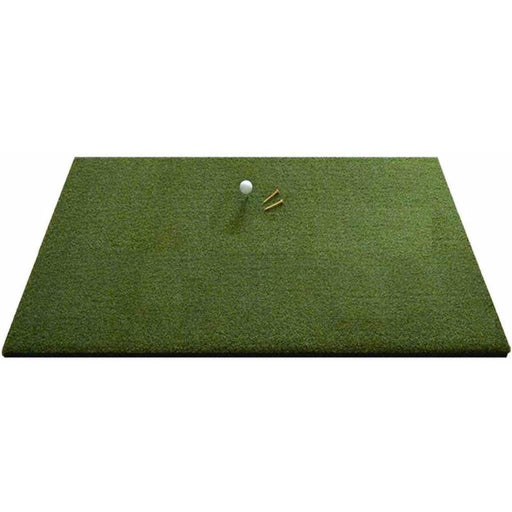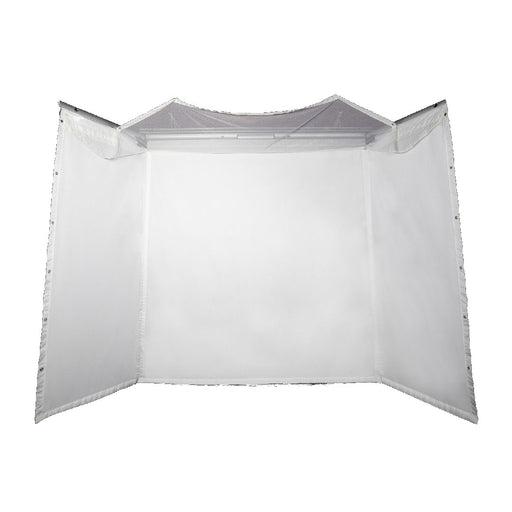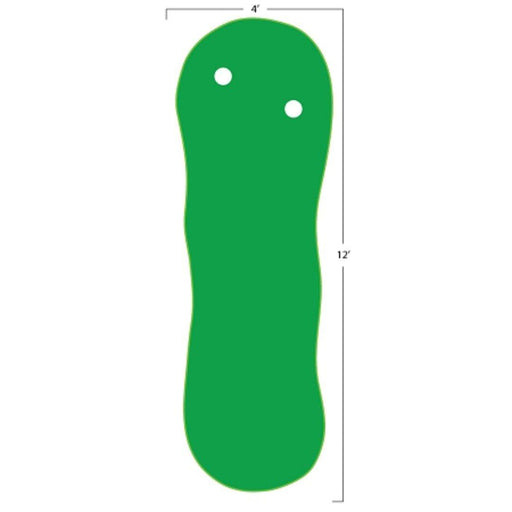
Winter Golf Challenges: Simulators Unveil Year-Round Solutions
Winter poses unique challenges for golf enthusiasts, with snow-covered fairways and freezing temperatures limiting traditional gameplay. However, the rise of golf simulators has revolutionized how golfers approach the winter season. In this article, we'll explore the winter golf challenges and the statistics that highlight how simulators offer a comprehensive solution to overcome these obstacles, allowing golfers to maintain their swing and stay connected to the game throughout the colder months.
#1: Weather-Related Golf Course Closures
Winter brings about weather conditions that render many golf courses unsuitable for play. According to historical weather data, snow, ice, and low temperatures contribute to frequent course closures during the winter months. Simulators provide a seamless alternative, allowing golfers to practice and play virtual rounds without being hindered by weather-related disruptions.
#2: Impact of Cold Weather on Player Performance
Cold weather can have a significant impact on player performance, affecting everything from swing mechanics to ball flight. Data on swing analysis reveals that muscles tend to tighten in cold weather, leading to reduced flexibility and potential alterations in swing patterns. Golf simulators, situated in a controlled indoor environment, mitigate the impact of cold weather, providing a consistent setting for practice and gameplay.
#3: Limited Daylight Hours for Outdoor Play
During winter, the days are shorter, limiting the amount of daylight available for outdoor play. Historical data on daylight hours highlights the challenge faced by golfers who work traditional hours, making it difficult to find time for a round after work. Golf simulators, on the other hand, operate independent of daylight hours, allowing players to practice and play whenever suits their schedule.
#4: Reduced Participation Rates in Winter Months
Statistical trends show a decline in golf participation rates during the winter months. The combination of weather challenges and limited opportunities for outdoor play contributes to a decrease in the number of rounds played. Golf simulators provide a solution to this decline by offering an accessible and weather-independent platform for continuous play, maintaining engagement among golfers year-round.
#5: Inaccessibility of Practice Facilities
Winter weather often renders outdoor practice facilities, such as driving ranges and putting greens, inaccessible. Data on facility closures indicates the seasonal shutdown of many outdoor practice spaces. Golf simulators bridge this gap by offering a comprehensive practice experience, including driving range sessions, putting practice, and simulated rounds, all within the comfort of an indoor setting.
#6: Risk of Injury in Cold Weather
Cold weather increases the risk of injury for golfers. Studies on injury trends highlight that colder temperatures can contribute to muscle stiffness, reduced joint flexibility, and a higher likelihood of strains or sprains. Golf simulators, situated in a climate-controlled environment, provide a safer alternative for golfers to maintain their skills and stay active during the winter without exposing themselves to the risks associated with cold weather conditions.
The Simulator Solution
Golf simulators have become invaluable tools for golfers seeking to overcome the challenges presented by winter weather. By providing a controlled, indoor environment, simulators offer a solution to course closures, cold-related performance issues, limited daylight hours, reduced participation rates, and the inaccessibility of outdoor practice facilities. As statistical data underscores the impact of winter on traditional golf, simulators emerge as a year-round bridge, allowing golf enthusiasts to continue perfecting their swing, staying connected to the game, and enjoying the sport despite the challenges posed by the colder months.

Have Questions About Golf Simulators?
Our expert team is here to help you find the perfect golf simulator for your needs.
Featured products
-
SkyTrak+
Original price $2,995.00 - Original price $3,145.00Original price$2,995.00 - $3,145.00$2,995.00 - $3,145.00Current price $2,995.00Introducing the SkyTrak+ Launch Monitor: Unmatched Accuracy and Advanced Features Experience a new level of precision and innovation with the SkyTr...
View full details -
ProTee Majestic Simulator Package
Original price $9,618.00 - Original price $13,848.00Original price$9,618.00 - $13,848.00$9,618.00 - $13,848.00Current price $9,618.00ProTee Majestic Golf Simulator Package: Elevate Your Indoor Golf Experience Transform your home or business into a golfer’s dream with the ProTee M...
View full details -
Eagle Golf Mat
Original price $370.00 - Original price $1,130.00Original price $370.00$370.00$370.00 - $1,130.00Current price $370.00Introducing the Eagle Golf Mat: The Ultimate Golf Experience Are you passionate about golf and demand nothing but the very best in your practice eq...
View full details -
Retractable HomeCourse® Golf ProScreen 180
Original price $2,299.00Original price $2,299.00 - Original price $2,299.00Original price $2,299.00Current price $1,999.00$1,999.00 - $1,999.00Current price $1,999.00HomeCourse® Golf ProScreen 180 HomeCourse® Golf ProScreen 180 is a retractable golf screen and enclosure. HomeCourse® Golf ProScreen 180's ballisti...
View full details -
The Augusta V2 4'x12' 2 Cups
Original price $399.00Original price $399.00 - Original price $399.00Original price $399.00Current price $329.00$329.00 - $329.00Current price $329.00The Augusta is one of Big Moss’ traditional models. It offers unmatched versatility for teaching and year round practice. Make a long-term investme...
View full details





